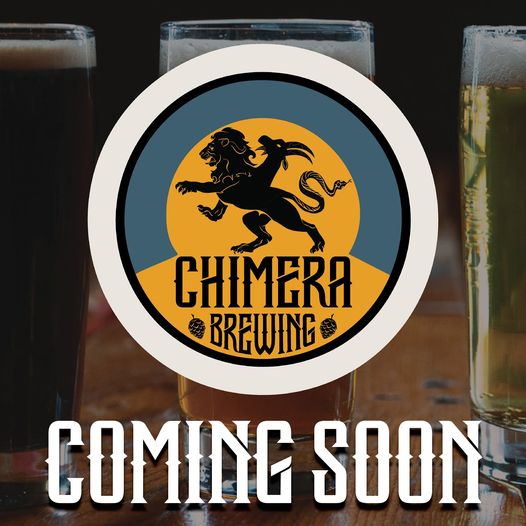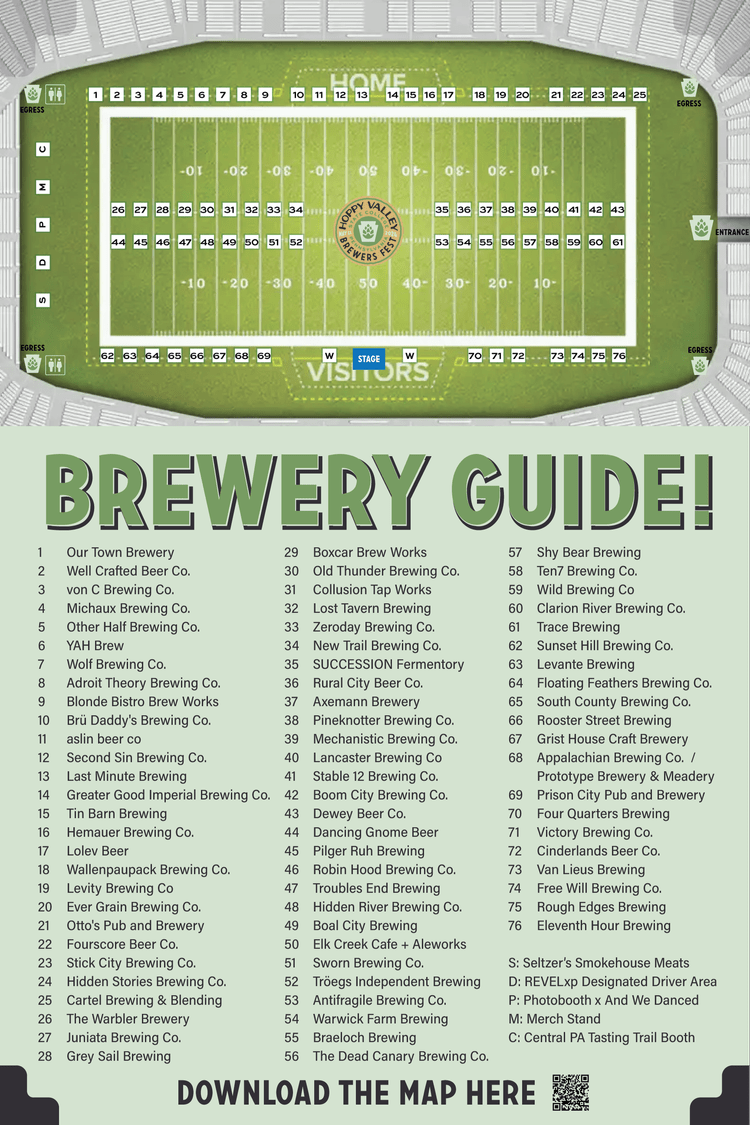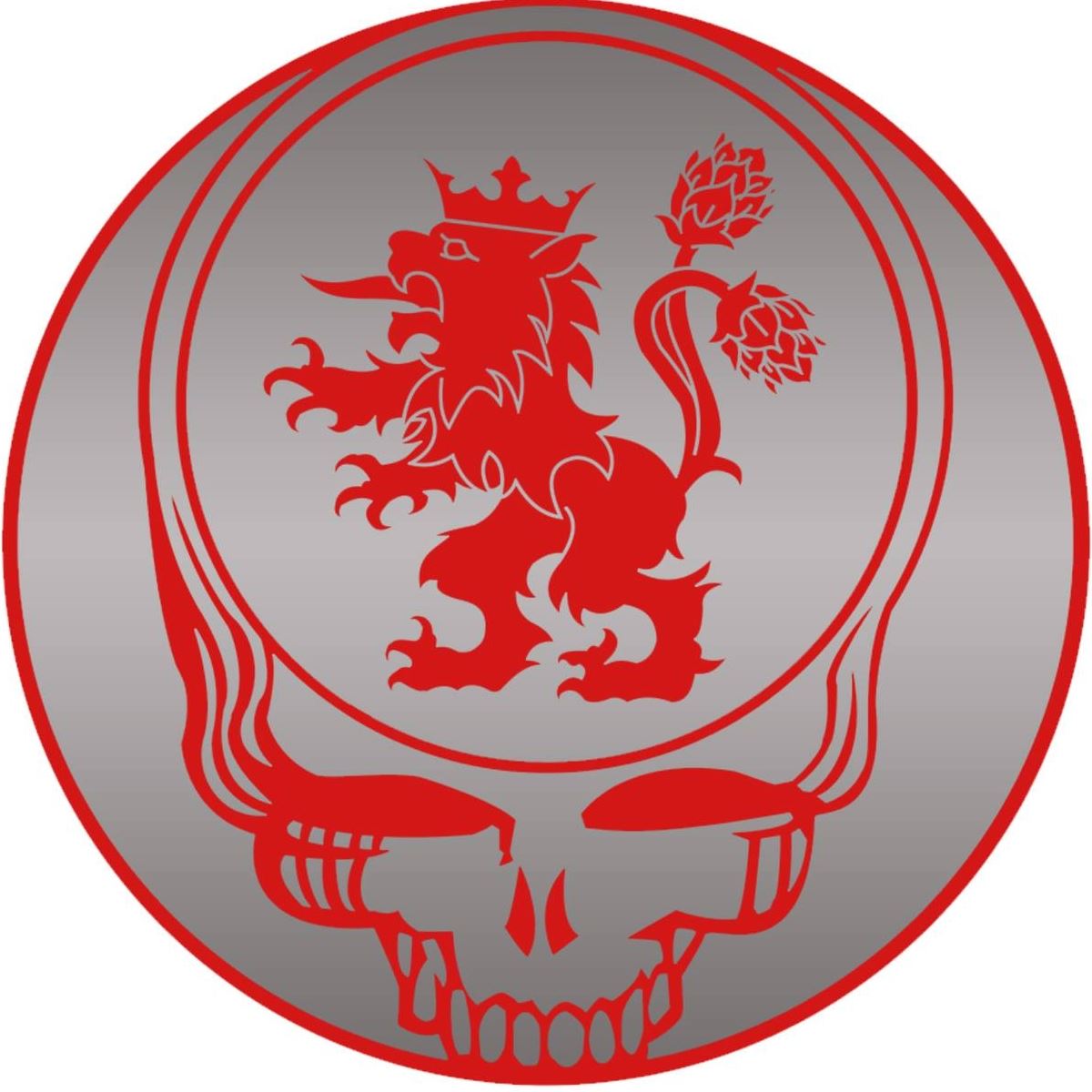Beer Education: Module Six: Steps In The Brewing Process
Where we left off last time was at the assessment. The assessment (or mid-term) was for verified track learners only; and since I’m not doing that, I’m skipping over that. So moving on, clicking the NEXT brings us to the intro video for Module Six: Steps in the Brewing Process.
The intro video is a short 3:57 long video describing what the module (the steps of beer brewing) is about. The six steps are: milling, mashing, filtration, boiling, whirlpool, and cooling and aeration. The video demonstrates (briefly and quickly) the six steps using their pilot batch brewing system, while giving little bits of information setting up the module.
Clicking next we come to a text introduction page. This page discusses the following six steps:
- Malt milling
- Mashing
- Lautering (wort filtration)
- Wort boiling
- Wort clarification
- Wort cooling & aeration
There is a clickable diagram about the six processes and steps and clicking on them gives you a description, tells you what equipment is needed, how it is used, and how you proceed to the next step / process of the brewing. The diagram is full of information on the process, when hops are bittered, or grains added, when to cool the wort, etc.
Our next page is a terms and definitions page. Like the old vocabulary pages from when you were in elementary school (…hopefully you’re not still in elementary school and reading this). The terms are: attenuation, break, brewhouse efficiency, cast wort, extract, grain bill, gravity, and trub. On the course page, you click on the word and it drops down for the definition. Not going to steal the thunder of the course by providing them all here for you, but as an example – cast wort: The wort obtained after the boiling process including the hot trub.
Getting into the course module proper now, we start with MILLING. “The main objective of malt and cereal milling is to convert the kernels into finely ground and milled particles.” (Edx: The Science of Beer Brewing: Module Six). This page gives you information on DRY and WET milling, with picture diagrams.
Moving on, the next page is MASHING. “Mashing is the most important step in the brewing process. During mashing, grist and water are mixed, leading to the solubilization of malt constituents and the action of malt-derived enzymes on the resulting mash, generating the extract. The term extract refers to the total amount of dissolved solids in the brewing water.” (Edx: The Science of Beer Brewing: Module Six). Two main types of mashing are infusion and decoction mashing. Infusion is when the mash is kept together and heated in one (singular) vessel. This can also be called ‘step mashing’ due to the changes in temperatures. This is what most home brewers do. In decoction mashing, you withdraw some mash and boil it and then pump it back in. The decoction method is better for protein breakdown, increased formation of melanoidins, increased removal of DMS, and reduced active amount of enzymes.
There is then a pull-down chart of different reactions during mashing. They are: β-glucan degradation, protein breakdown, starch degradation, and lipid conversion. Clicking on each of these would pop up more information on the topics.
The next topic is LAUTERING. “Lautering is a filtration process where the soluble part of the mash (liquid, also called wort) is separated from the insoluble part (consisting of husks and other materials).” (Edx: The Science of Beer Brewing: Module Six). This is when it starts to become ‘wort’. The page then has a chart of factors, and what a lauter tun vs. a thinbed filter does with that factor. The page then discusses how temperature and milling also affect the filtration and lautering process.
Next up is WORT BOILING. “After lautering, the wort is boiled. Wort boiling was originally done in copper or steel vessels, now more modern equipment is being used, most often made from stainless steel. Steam heating is the most commonly used way to increase wort temperature.” (Edx: The Science of Beer Brewing: Module Six). Its during the boiling process when you add the hops, spices, and similar ingredients. As we learned in the hops module, the hops and spices control the bitterness and aroma of the beer.
Once again there is a pull-tab / pull-down chart with different terms and their definitions. They are: wort sanitation, extraction and transformation of hop components, precipitation of protein-polyphenol complexes, enzyme inactivation, color increase, pH decrease, and evaporation of unwanted hop aroma compounds.
Scrolling down the page we come to the boiling equipment segment. “A boiling kettle needs to be equipped with a powerful heating system. In the past, direct heating by coal or gas was used but these types of kettles are now only rarely in use. Nowadays, steam is used for kettle heating. By boiling water, steam is produced at the same temperature as the boiling water.” (Edx: The Science of Beer Brewing: Module Six). The page then ends with a diagram of a boiling kettle with internal boiler.
Clicking next we come to Whirlpool, cooling, and aeration which leads off with an experiment before getting into the information. The page has pull-down tabs for: whirlpool, stripping, cooling, and aeration.
Next up is an expert clip by Gert De Rouck. It is a seven and a half minute clip. He discusses the brewing process. The page following this is a discussion page. The discussion page is about the disadvantages of green malt. I wrote:
“The biggest problem for any brewery is shelf life when it comes to this. And this has a very limited shelf life which is unfortunate, especially for a craft brewery where all the issues are already compounded. Local sourcing is another issue. Cost and quality is the last issue as well, especially for smaller US craft breweries.”
The next page is titled: “A Special Case – High Gravity Brewing”. “High gravity brewing (HGB) involves using wort at higher than normal gravity, usually 15-20°P original gravity. This wort is subsequently fermented by yeast. The resulting HGB beer is diluted to desired gravity by adding CO2 impregnated water (blend water); this process is referred to as blending. This water is added immediately before, or after filtration of the beer.” (Edx: The Science of Beer Brewing: Module Six). Some of the effects of high gravity brewing are: increased stress conditions of yeast cells, head retention in final beer, potential change in beer flavor, and pH change.
After this is a super easy quiz; just two drop-and-drag questions. The next page is a discussion page where they ask everyone to post pictures of their homebrew setups. Next up is a page for verified track learners only. The pages for verified track learners are grain bill calculations, homebrewing tips, and a few other things (three pages in all).
Looks like we’re at the end of the module. We got the overview page, and then an assessment. The assessment is for verified track learners. The next page is a feedback and questions discussion page. The following page is the end of the module and the congratulations page.
Whew another module done. Thanks for stopping out and going through the module with me.
Cheers everyone!
-B. Kline
The Beer Education Series:
** EdX: The Science of Beer Brewing
* Beer Education: Series
* Beer Education: Syllabus
* Beer Education: Introduction
* Beer Education: Module One: The History of Beer Brewing
* Beer Education: Module Two: Barley and Malting
* Beer Education: Module Three: Water
* Beer Education: Module Four: Hops and Spices
* Beer Education: Module Five: Yeast
* Beer Education: Module Six: The Steps of the Brewing Process
* Beer Education: Module Seven: Fermentation and Maturation
* Beer Education: Module Eight: Filtration and Packaging
* Beer Education: Module Nine: Beer Quality and Stability
* Beer Education: Module Ten: Beer Assessment and Tasting
* Beer Education: Series Overview




